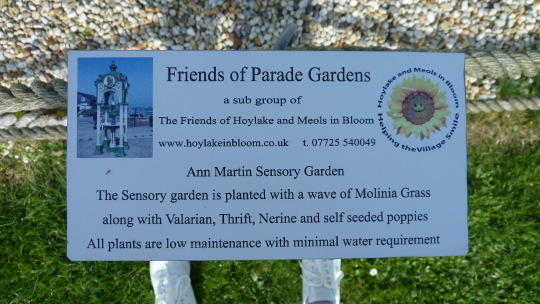Photo


Iron Column Atlanta Belt Line, USA
https://www.philproctor.com/#/ironcolumn/
https://beltline.org/2015/04/09/the-atlanta-beltline-then-and-now/
https://exhibits.library.gsu.edu/current/exhibits/show/a-race-against-time/photographic-legacy
The above images show an example of public art in the USA and the place in which it is relates to, the Atlanta Belt Line. The piece was commissioned specfically for the redevelopment of this area and communicates the changes and development that has taken place there. Its an example of one way in which I feel public art has impacted on a place.
Martin, C.T. (2013) Iron-Column_Phil-Proctor-photo-Christopher-T-Martin_web [online image]
Available at: https://www.philproctor.com/#/ironcolumn/
[Accessed: 20/09/19]
Atlanta BeltLine (n.d.) past-present-Ponce-bridge-low-res [online image]
Available at: https://beltline.org/2015/04/09/the-atlanta-beltline-then-and-now/
[Accessed: 21/12/19]
Georgia State University (2018) AJCP582-38j [online image]
Available at: https://exhibits.library.gsu.edu/current/exhibits/show/a-race-against-time/photographic-legacy
[Accessed: 21/12/19]
0 notes
Text
Research Methods
https://www.differencebetween.com/difference-between-inductive-and-vs-deductive-research/
The research method that I chose to use for my research was inductive research. This website defines the method and compares it to deductive research. This was useful as it helped me to determine which research method was more appropriate for the investigation I am carrying out. It explains why inductive research may be the best approach for a certain investigation and how it is used. This information helped me to structure my research and decide on what questions to ask within it.
differencebetween.com. (2015) Difference Between Inductive and Deductive Research [online]
Available at: https://www.differencebetween.com/difference-between-inductive-and-vs-deductive-research/
[Accessed: 29/10/19]
0 notes
Text
Works of heart : building village through the arts
https://www.jstor.org
Focusing largely on works from the USA, the book tells the stories of art projects that have been about creating place, celebrating culture and involvement in activism. It focuses on “grassroots community building” through arts projects which artists who “draw on the essence of place, of people and of cultural heritage”. As well as telling stories and discussing examples of works, the book also suggests some theories for the impacts that incorporating art into place can have.
Although the examples are only from one country, they do give a varied and comparative overview of what happens within that country. the book is also useful as it focuses on more than one aspect within placemaking through art. Not all of the examples are outside but instead are in public buildings. it features quotations from people involved in the projects which is also useful information, and the case studies are comprehensive.
Elizabeth, L. and Young, S. (2006) Works of heart : building village through the arts [online] Oakland: New Village Press.
Available at: www.jstor.org
[Accessed 28/10/19]
0 notes
Text
Culture, democracy and the right to make art : the British community arts movement 1968-1986
https://ebookcentral.proquest.com
This book discusses the shift in artist practice from working within the traditional art world to working in locations with specific groups of people and communities through participation and co-authorship. it prompted people to “ ‘rethink the artist’s role in society’”. The book give a comprehensive and detailed account of the movement, how it changed and develop, and what impact it has left on the art practices today.
Although not directly linked to public art and placemaking, I have found that there are ties between the two such as themes of participation and focus on communities and locations. This research adds to my contextual knowledge and understanding of public art and related fields. For example, it is argued that “ the focus of community artists has been most often on action and practice with less emphasis being placed on reflection and theorizing.” this could also be paralleled to some of the evidence I have found when researching into theory and evaluation on public art, as there is less emphasis on this. It does however suggest that community arts has basis in cultural theory.
Jeffers, A. and Moriarty, G. (2017) Culture, Democracy and the Right to Make Art [online] New York Bloomsbury Methuen Drama.
Available at: https://ebookcentral.proquest.com
[Accessed 28/10/19].
0 notes
Text
What's the point of public art?
https://www.theguardian.com/commentisfree/2008/may/07/whatsthepointofpublicart
In this article, a series of people give their views on contemporary public art, these people include Sandy Nairne, former director of the National Portrait Gallery, and artist Mark Titchner. Each person highlights where they think public art has gone wrong, as well as instances where it has gone right. They also highlight some of the key approaches and features that they feel make an artwork successful.
The information here is very insightful and the varying opinions form a sound evidence base. The data is largely qualitative rather than quantitive, but does help to develop the way I go about investigating into this area, as it as some key questions and issues around the subject of public art.
Vox pop (2008) What's the point of public art? The Guardian [online], 7th May
Available at: https://www.theguardian.com/commentisfree/2008/may/07/whatsthepointofpublicart
[Accessed: 27/10/19]
0 notes
Text
“Urban public art: can it be more than a developer’s decoy strategy?”
https://www.theguardian.com/cities/2017/feb/10/urban-public-art-developers-decoy-strategy-draped-seated-woman
The writer argues from the viewpoint that public art in urban areas is often “the physical manifestation of a developer’s guilty conscience” which results in “ bold, brash, eye-catching forms, shrieking at full volume but rarely with anything to say”. He goes on to outline examples of public art in urban areas in Britain that he feels have taken a different, and more successful approach. For examples, Verity-Jane Keefe‘s Mobile Museum. He refers to these kind of examples as “ a growing culture of self-initiated projects, sage commissioning and engaged public art”.
I found the article interesting as it suggests how some public art can have little to no relation to the place in which its situated, due to the possible intentions behind the artwork being there. This would also therefore suggest that the writer believes that the artworks interaction with place does matter. He also describes some informative examples.
Wainwright, O. (2017) Urban public art: can it be more than a developer’s decoy strategy? . The Guardian [online], 10th February 2017
Available at: https://www.theguardian.com/cities/2017/feb/10/urban-public-art-developers-decoy-strategy-draped-seated-woman
[Accessed: 28/10/19]
0 notes
Text
“Is public art good for our wellbeing? “
https://www.theguardian.com/sustainable-business/gallery/public-art-wellbeing-health-gallery
The article starts with the question of whether public art can benefit our wellbeing or not, and whether ‘bad art’ can do the opposite. It features a series of images giving examples of works of public art across the world that have had significant impacts. These include The Angel of the North, The plane man by Juan Ripolles and graffiti in Paris. The article seems to discuss examples that have been treated as successful by the public and unsuccessful, for varying reasons.
this shows a potential way of evaluating public art, by looking at the impacts it has had in the place it is situated. It suggest that ‘bad’ public art either doesn't fulfil its purpose or receives backlash from people. It doesn't say which pieces are explicitly more successful, this is left for the reader to form their own opinion which I also feel is an interesting way of analysing public art, through comparing and contrasting. The article however doesn't really address the title, so isn't very informative in that sense. It has some thought-provoking examples of public art, though some of the information on them is minimal.
theguardian.com (2013) Is public art good for our wellbeing? - gallery The Guardian [online], 28th February 2013
Available at: https://www.theguardian.com/sustainable-business/gallery/public-art-wellbeing-health-gallery
[Accessed: 28/10/19]
0 notes
Text
“Public art is powerful, glorious and uplifting – it deserves to be saved”
https://www.theguardian.com/commentisfree/2016/jan/24/public-art-powerful-deserves-saved
The writer of the article puts forward her view point on public art and why its important to towns and cities. She discusses her own experience of public art in Sheffield where she grew up. She argues in favour of public art as part of our cities and places, as she says that “on a day-to-day basis, they made you feel good, cheered up, a bit proud”. She is arguing for more works of public art to be recognised as importuned and listed, but her reasons for this opinion give some interesting perspectives on how public art can effect a place and a persons perception of it.
The article is qualitative evidence as it is mostly her opinions, and is focused on sculpture, which may be argued to be less informative, however I think her experience does count towards some evidence of how public art can influence a place and peoples responses to it. The writer used many examples to clearly illustrate her points of view.
Cooke, R. (2016) Public art is powerful, glorious and uplifting – it deserves to be saved. The Guardian [online], 24th January 2016
Available at: https://www.theguardian.com/commentisfree/2016/jan/24/public-art-powerful-deserves-saved
[Accessed: 28/10/19]
0 notes
Photo

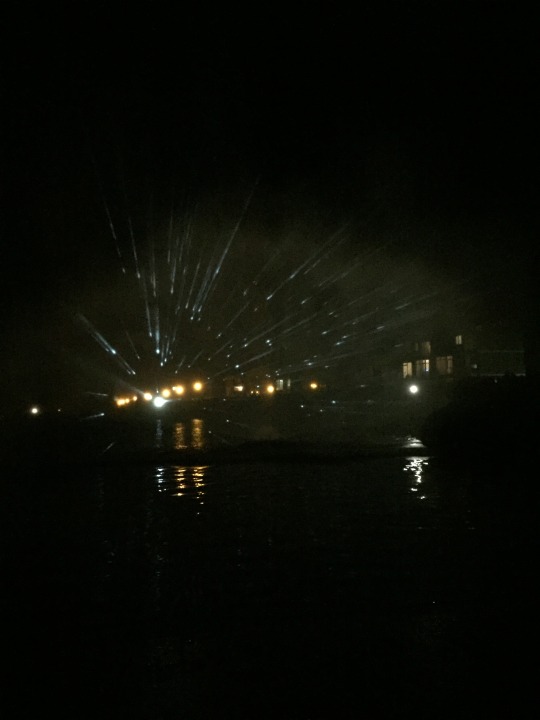

West Kirby
In October of this year I attended Constellations, a light installation that took place at the Marine Lake in West Kirby. The event proved popular and was unique within the area, I hadn't seen a light installation outdoors like this before. It was very cold and wet, but otherwise a worthwhile experience.
0 notes
Photo



Hoylake/Meols
This sculpture is next to the RNLI lifeboat station in Hoylake. It communicates the historical role the RNLI have played in the area, and as remembrance to those who lost their lives at sea saving lives.
0 notes
Photo

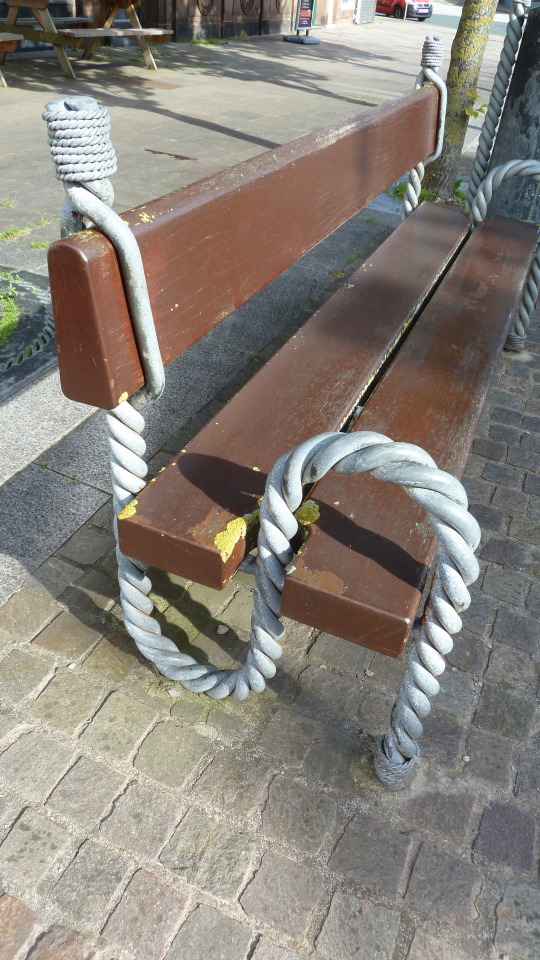

Hoylake/Meols
Throughout Hoylake, elements such as this have been incorporated into some of the structures and amenities. The rope suggests a symbolic suggestion of the towns relationship with the sea, the RNLI etc. I find it interesting how this significant aspect of the place has been incorporated into practical and structural elements of place such as benches and bike racks. This idea of creating public art out of what is already there and that has a particular function is also illustrated in the example in Pheonix Arizona, USA at the water and sewer services.
https://www.youtube.com/watch?v=DNrNWMhrsXM
CityofPhoenixAZ. (2016) Building Our City Through Public Art [online video]
Available at: https://www.youtube.com/watch?v=DNrNWMhrsXM&list=PL22YB12L5NbTazrdqRM9kkmLDpsFx_R43
[Accessed:21/08/19}
0 notes
Photo
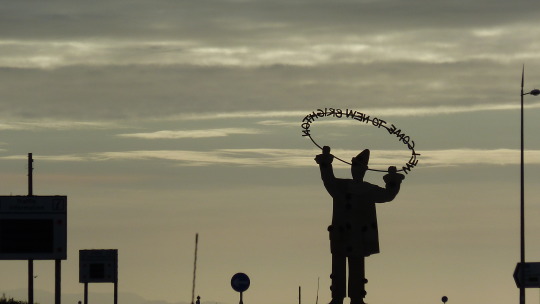



New Brighton
New Brighton is a another area on the Wirral that I often visit. Here there was a range of examples of public art, including sculpture, murals and architectural elements. All of these pieces were in walking distance from each other along the waterfront.
0 notes
Photo


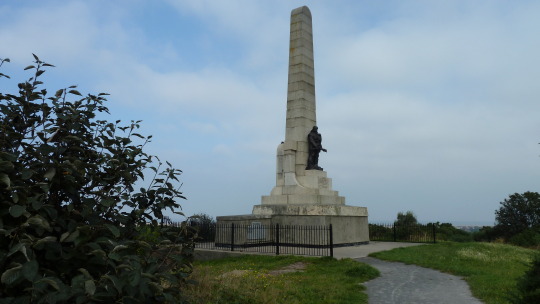
West Kirby
At west Kirby war memorial, I explored the area and the garden that has been created for it. I came across some painted stones by the public, made as a symbol of remembrance. They weren't noticeable at first, due to their positioning at the base of the monument, but when I did spot them they were striking, the abundance of them, all with individual designs.
0 notes
Photo



West Kirby
Here shows Ashton Park, one of my local parks where I unexpectedly found a few examples of public art. I used to visit this park a lot as a child. ‘Planets in the Park’ was a series of depictions of the solar system along the floor of the park in different areas. I also came across a series of tree carvings, mostly animals.
0 notes
Photo



West Kirby
I took the above pictures in Coronation Gardens in West Kirby. Here there are a few examples of public art that work together within the garden, such as sculptures and a mural.
0 notes
Photo

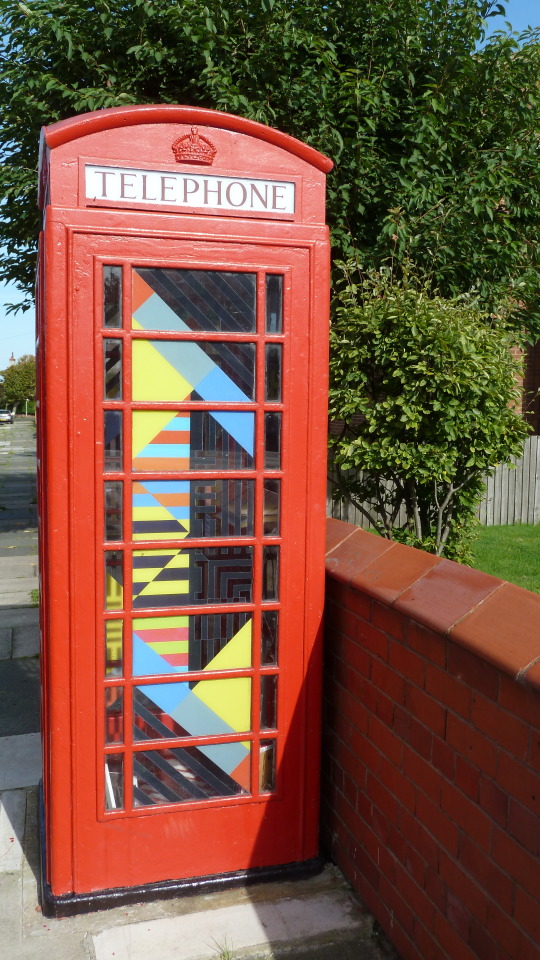
Hoylake/Meols
A phone box turned art installation in Meols Both show different ways in which art has been incorporated into the landscape, but in different ways. They also both show how aspects of the place have informed their creation.
0 notes


